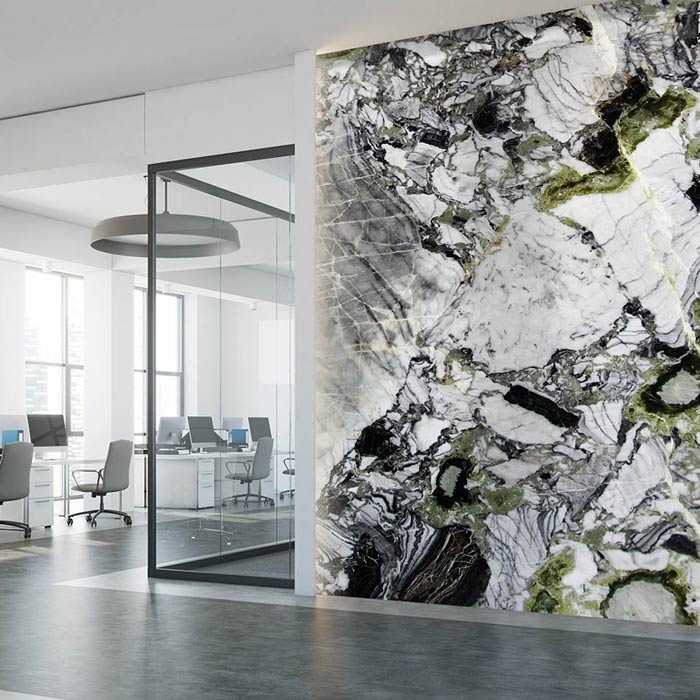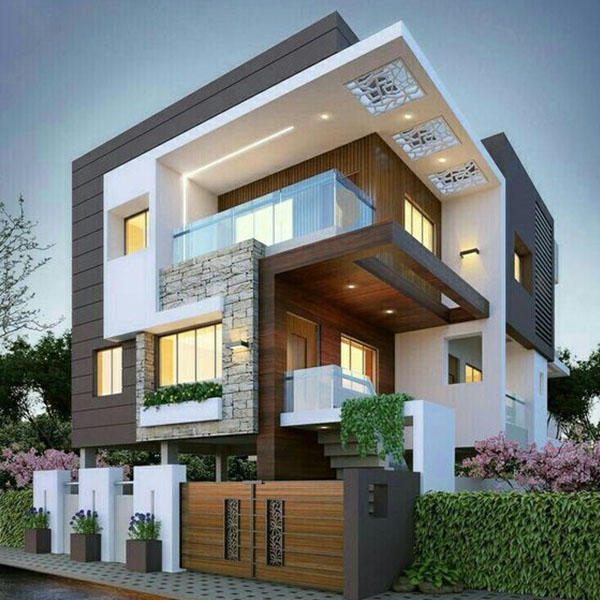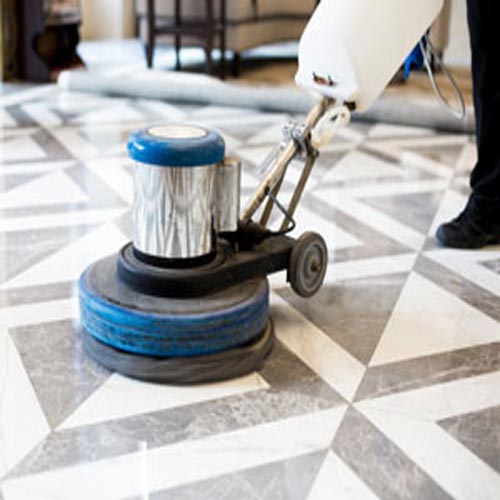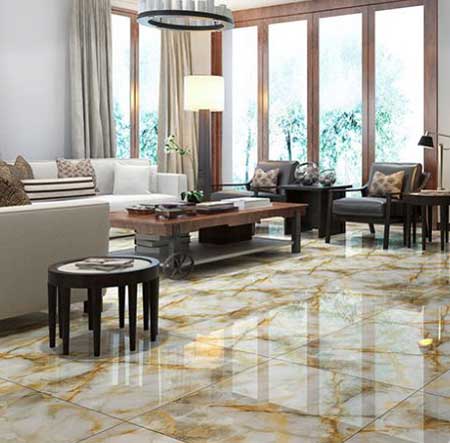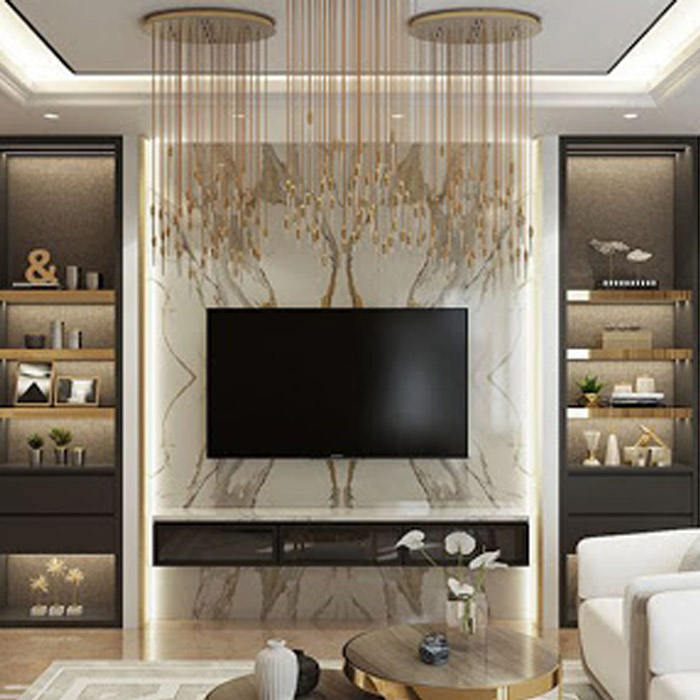
Types of slab stones
Stone blocks and slabs are pieces of natural stone that are used in construction and as building materials. Categories include marble, granite, sandstone, slate, limestone, quartzite, and bedrock. Travertine and opal also fall into this category. Some stone blocks and slabs are polished and framed. Other stones have a rough, textured surface and are slip-resistant. Typically, stone blocks and slabs are used in the design and construction of countertops, floors, fireplaces, bathrooms, halls, and kitchens.
Pars Slab stone industry in Isfahan, which is a manufacturer of different types of slab stones, acquaint with you with how different types of slab stones work.
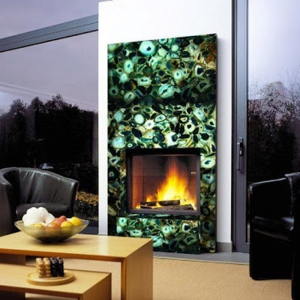
4 of the best slab stones
Kitchen countertops may be heavily worn by spills, hot objects scratches from knives and other tools. Therefore, it is obvious that non-bearable surfaces such as wood or sheets are not the best choice for countertops. Because the stone is durable and has a beautiful design, they are used for scratched surfaces.
In this section, we will discuss 4 types of the best ones.
1- Granite: Granite has long been the best choice for designers and builders due to its beauty and durability.Natural stone is the only suitable option for counters. Granite is almost exclusively found in high-end homes due to its high cost. It is also used as a prefabricated stone for kitchen counters. Granite is a porphyry rock that forms naturally deep in the earth’s crust, where intense pressure and temperatures over 2,300 degrees Fahrenheit cause small quartz particles to coalesce. This not only creates dotted or smudged designs on the stone but also creates heat resistance. Granite sheets should be sealed before use as a counter.
- Quartzite: Quartzite is a natural stone that has high beauty and durability. Quartzite has a special advantage over granite for use in counters. Due to the high density of this type of stone, it makes it more resistant to scratching, staining, or scratching.
3- Crystal stone: Crystal stone is a type of marble that is made under the influence of high thermal pressure. Crystal or marble is mainly composed of two minerals, Wellstone and calcite. In Iran, these models of stones are known as porcelain slab stones. The crystal is mostly dark gray with a light background, black and yellow streaks.
4- Marble: Marble is made of limestone or dolomite at high pressure. Although marble is not very durable, this type of stone is used to design buildings.
Application of slab stone
Typically, marble is used for the indoor and outdoor floor. Granite is used as a structure and decoration. porphyry granite has high compressive strength and durability. Granite blocks are used in buildings such as sculptures and tombstones. Granite slabs are used in the construction of anti-granite tops and granite floors. Slab blocks and rocks include sandstone and slay stone products. Sedimentary rock is formed by compaction and is bonded together by silica. Sandstone is used specifically in residential and commercial construction. Sandstone applications include flooring, paving, and wall cladding. Slate is similar to sandstone but less expensive than other floor and wall coverings.
Marble is one of the slab stones that is very popular and is used in many buildings and facades. Click to buy Isfahan marble and ask us for the best price.
Natural slate is both fireproof and non-slip resistant. Blocks and boulders are available in colors such as black, gray, copper, greenish-gray, and purple-gray. Limestone, quartzite, travertine, and onyx are used to produce stone blocks and slabs. Quartzite is a medium-sized aggregate that is both fire-resistant and non-slip. Quartzite tiles and quartzite stone are used in various applications from ceiling to floor. Blocks and stone slabs are used for decoration design and the environment.
Pars Stone Slab Store with all kinds of slab stones ready to send stones to all over Iran.
Isfahan slab stone has long been known as the best slab stone with the quality available in the market.

